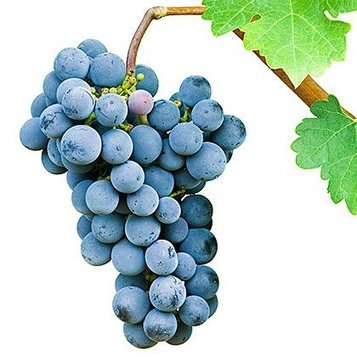Modern wine owes a significant part of its genetic heritage to 30-million-year-old plant viruses
Next time you pour a glass of wine, raise a toast to the 30-milion-year-old viruses that have contributed to the genetic make-up of modern grapes.
A team of UQ-led plant scientists has discovered that the Pinot Noir grape variety owes a significant part of its genetic heritage to ancient plant viruses.
In a study published in Nature Communications, Dr Andrew Geering and colleagues have mapped the presence of 30-million-year-old viruses in Pinot Noir DNA. Viruses are usually a curse to farmers because of the damage they cause to crops, but this study also suggests they play a vital evolutionary role.
Dr Geering, a plant pathologist at the UQ’s Queensland Alliance for Agriculture and Food Innovation, said most flowering plant species, even the most primitive ones, contain sequence signatures of viruses in their genetic material.
“Animals can move to avoid threats but because plants are anchored to the ground they are obliged to adapt to environmental pressures, such as those brought about by drought or grazing, using novel strategies.
“Plants cope with such threats by acquiring new biochemical pathways or growth habits.”
“Pulling new genetic material from the environment, such as from viruses that infect the plant, means evolution can be sped up considerably.”
Much like humans, plants are regularly exposed to harmful chemicals or radiation, which can cause damaging and heritable mutations to their genes which, if left unrepaired, could be lethal to their descendants.
“Fortunately, there are special mechanisms to repair these mutations. It’s during this repair procedure that foreign DNA such as that originating from viruses can be inserted into the plant’s own genetic code, much like using putty to fill a crack in the wall.”
“When this happens, the viral DNA can become ‘domesticated’ if it provides a selective advantage to the plant.”
Source: phys.org
See on Scoop.it – Virology and Bioinformatics from Virology.ca
